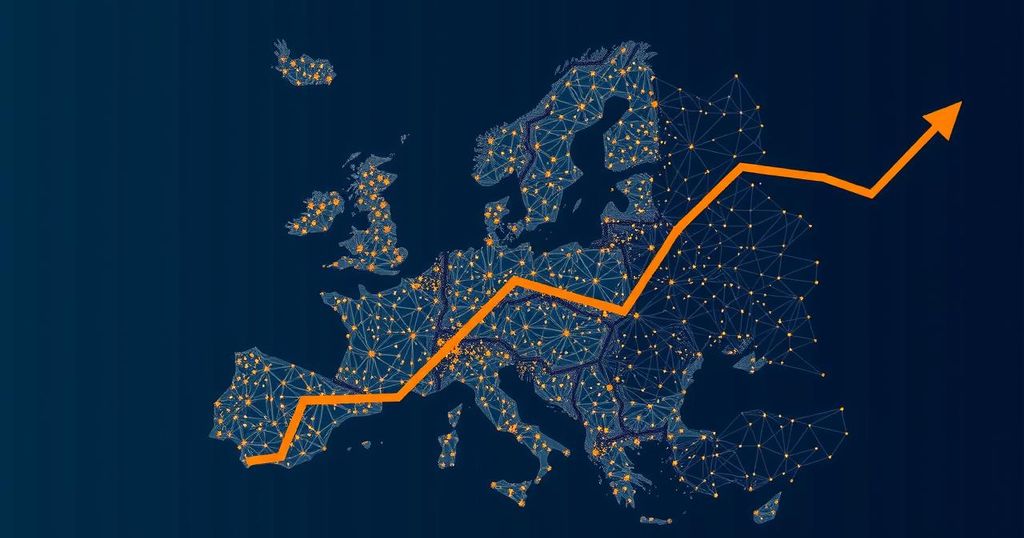Original Source: www.challenges.fr
In recent months, the eurozone has faced various economic hurdles, including uncertainties tied to inflation and geopolitical tensions. Amid these challenges, attention has been drawn to the growth of business and household loans, seen as a critical indicator of economic vitality. The European Central Bank’s reporting on these metrics serves as a compass for analysts, gauging the health of consumer sentiment and investment confidence within the region, providing insights into the potential for resurgence in economic activities.
In a vibrant tapestry of economic activity, the European Central Bank’s latest revelations shine a light on the accelerating pace of credit growth in the eurozone. As October unfolds, the landscape of loans to enterprises paints a picture of optimism, with a year-on-year increase of 1.2%—a slight yet significant uptick from September’s 1.1%, marking the highest growth seen since mid-2023. Meanwhile, household loans watched their own climb, rising to 0.8%, a gentle wave upon the shore of economic recovery.
This surge in credit is not just a numerical triumph; it breathes life into hopes for a revitalised economic environment within Europe. The monetary mass, a critical lifeblood for economic growth, has swelled by 3.4%. This figure, the highest since December 2022, aligns neatly with expectations, crafting a narrative of resilience and recovery amid the backdrop of fluctuating global markets.
As we delve deeper into these figures, they tell a story of renewed consumer confidence and business investment. Banks are opening their vaults, and enterprises are responding, igniting a spark that could fuel the bloc’s economic engine. In contrast to the cautious whispers of previous months, the harmonious interplay between increased lending and economic activity hints at a more robust recovery waiting to unfold.




